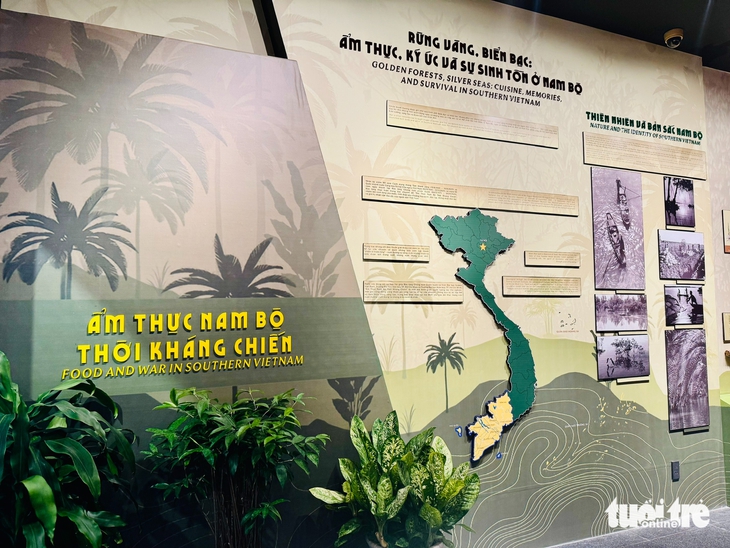
Exhibition of Southern Cuisine during the resistance war opens up a space imbued with the identity of the land of Southern love - Photo: HO LAM
On the occasion of the 80th anniversary of the successful August Revolution and National Day September 2, and the 50th anniversary of the founding of the War Remnants Museum, the museum is organizing a special exhibition on Southern Cuisine during the resistance war.
Most foreign tourists stop here and ponder the captions for a long time to better understand the land, cuisine , and people of the South.
Wartime cuisine: creativity and resilience
Southern Cuisine in the Resistance War is an experimental interactive curation model, inviting the community to participate in creating and telling the story.
Through collective memory and co-creation, the exhibition explores the essential role of cuisine in nurturing revolution from the most ordinary things.
More than simply introducing dishes, the exhibition tells the story of how meals became "silent warriors" - nurturing life, the will to resist and solidarity during difficult years.
Starting from the resistance period, the exhibition shows us the stages during the war years, when food was scarce, how people and soldiers relied on nature to survive.
The exhibition vividly demonstrates this through clear lines of documents and visual objects that help readers understand more about the cuisine of the resistance period of the land rich in affection. It is not only a way of survival but also a deep connection with the motherland, demonstrating resilience, creativity and community sentiment.
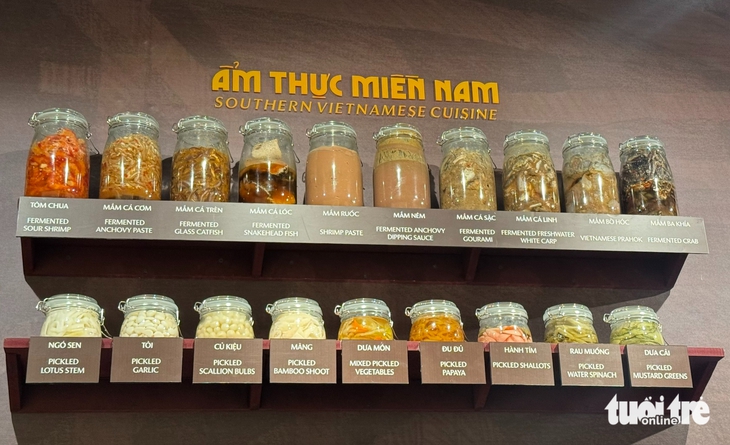
Typical dishes in Southern cuisine - Photo: HO LAM
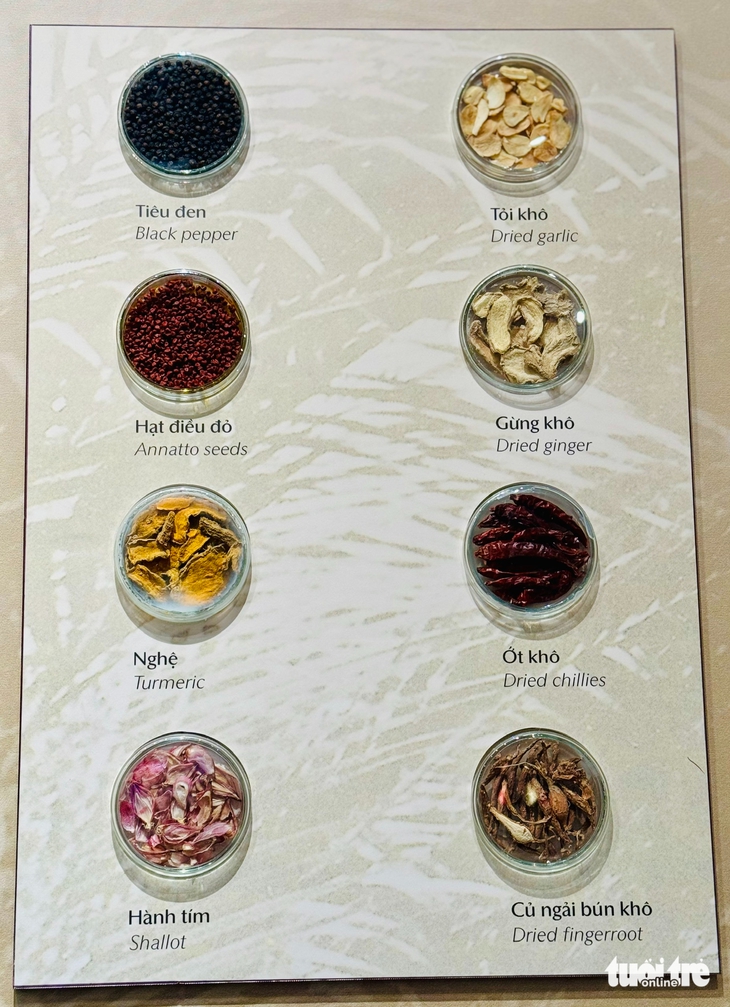
And the indispensable seasonings on the dinner tray - Photo: HO LAM
From survival to national pride
Viewers will clearly see a Southern cuisine rich in identity during the resistance war with spices and dishes; the Southern kitchen from family meals to wartime meals; food and survival on the march; the silent actions of people to support food from the rear to the front line.
Or recreating the Hoang Cam kitchen popular in the Dien Bien Phu campaign; the principle of "Go without traces, cook without smoke, speak without sound" of Truong Son soldiers during the war; how former prisoners survived in Con Dao prison with self-invented "dishes".
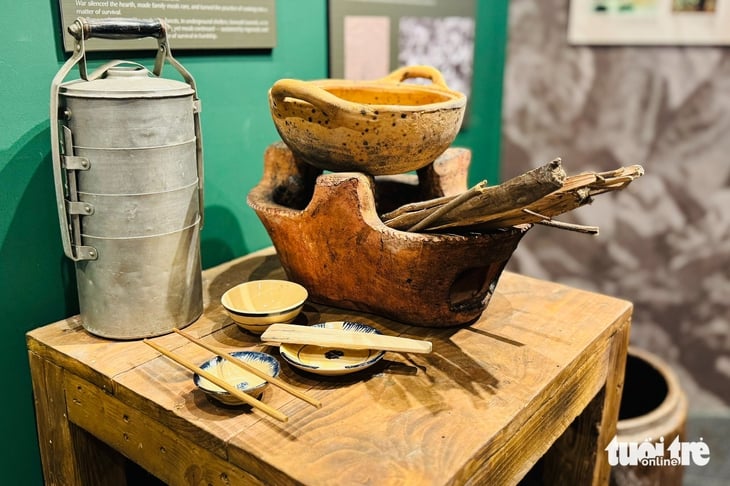
Display of wartime cooking utensils - Photo: HO LAM
Going around and ending at the stage of Taste of Peace, readers understand more about the value of a dinner at the Independence Palace with only white rice, canned meat, boiled spinach and spinach soup on April 30, 1975. The meal was simple but it was a meal of peace .
Dishes that were once wartime necessities have now become national pride and an important part of Vietnam's culinary cultural identity.
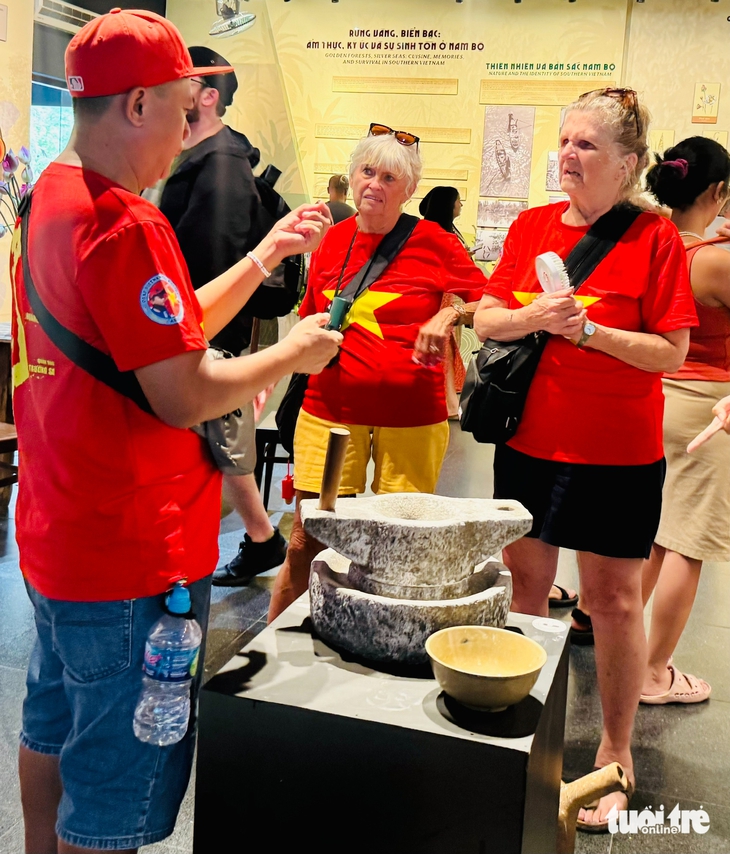
Foreign tourists listen to explanations at the exhibition Southern Cuisine during the resistance war - Photo: HO LAM
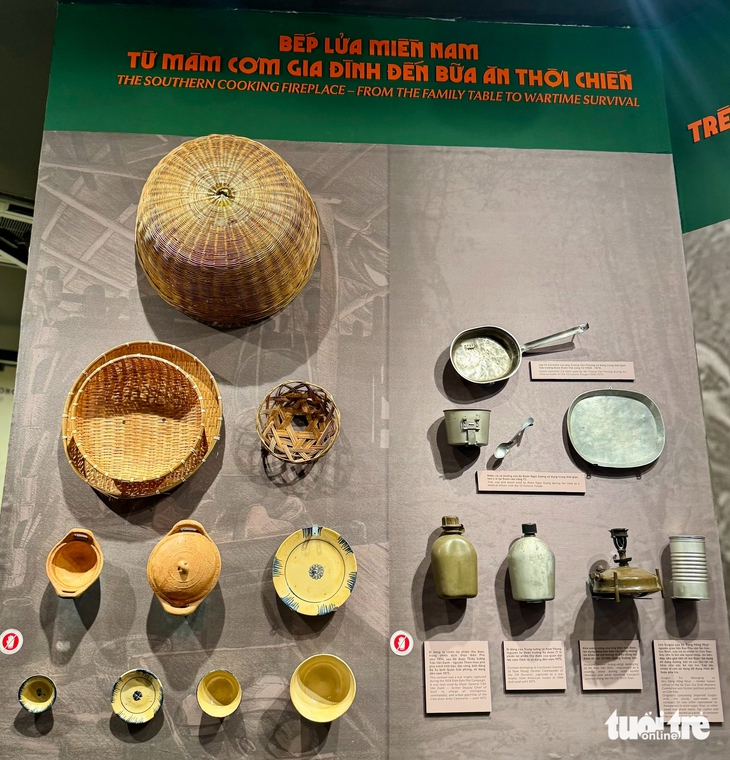
Southern kitchens from family meals to wartime meals display many familiar kitchen utensils to Southern people - Photo: HO LAM
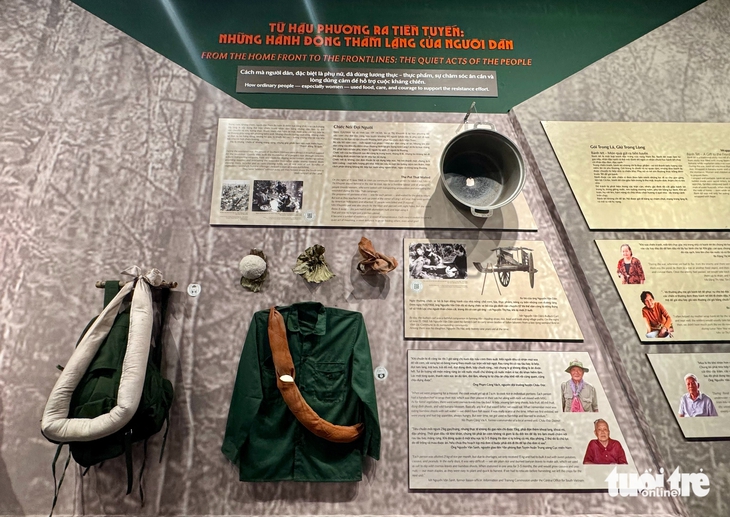
The exhibition also displays small "historical witnesses". It may be a pot with a hole in the bottom but it contains a tragic story of soldiers who sacrificed for national independence - Photo: HO LAM
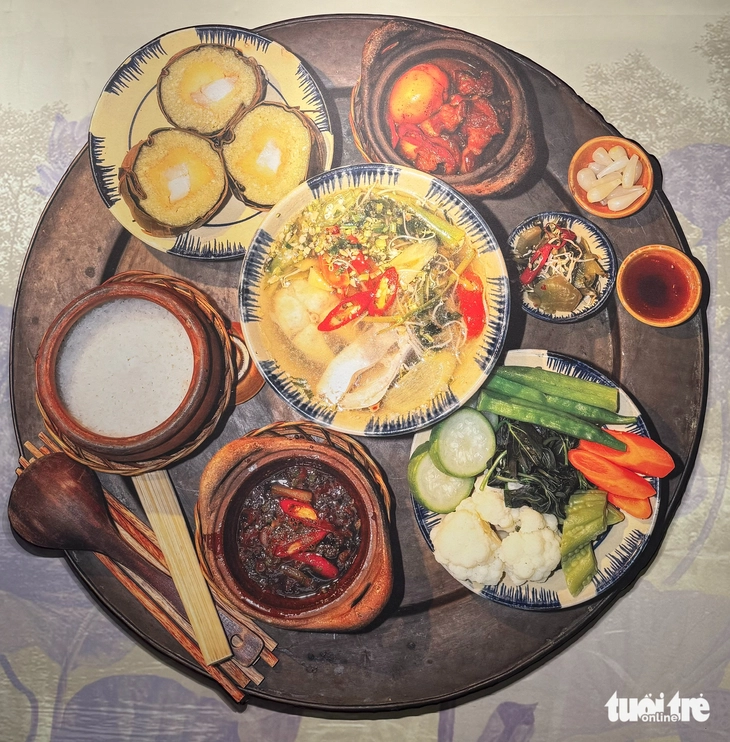
Fresh herbs, rich broth, white rice, banh tet was born from hardship, but is now loved all over the world. Every bite is a memory, a resilience and a caring heart - Photo capture
Source: https://tuoitre.vn/bat-ngo-day-thu-vi-voi-am-thuc-nam-bo-thoi-khang-chien-20250905174825476.htm






![[Photo] Binh Trieu 1 Bridge has been completed, raised by 1.1m, and will open to traffic at the end of November.](https://vphoto.vietnam.vn/thumb/1200x675/vietnam/resource/IMAGE/2025/10/2/a6549e2a3b5848a1ba76a1ded6141fae)

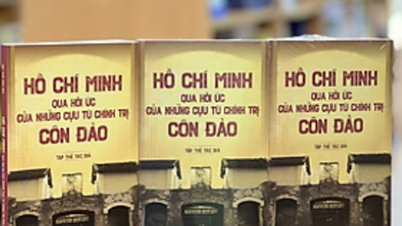









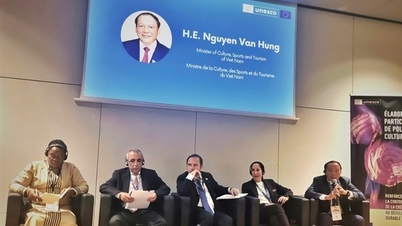





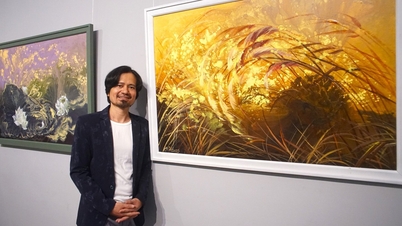




























































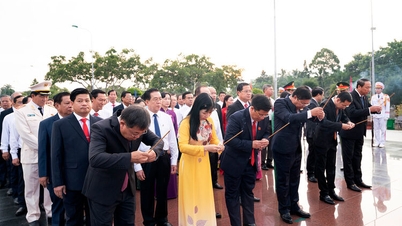





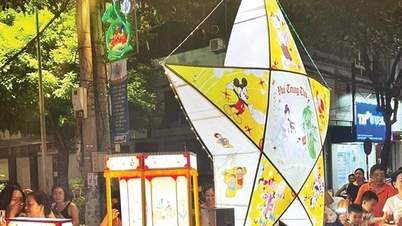
















Comment (0)